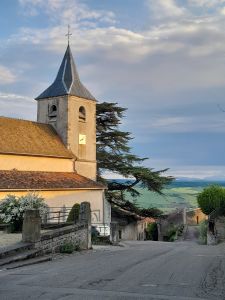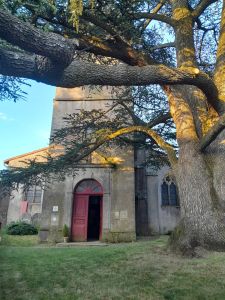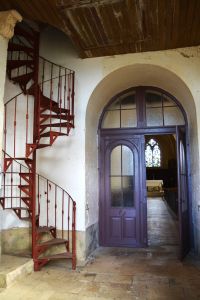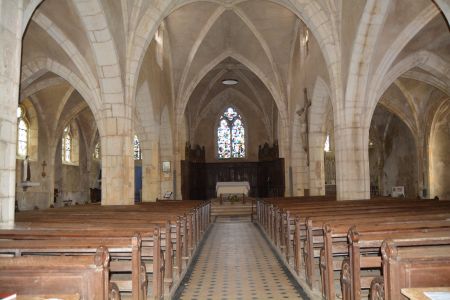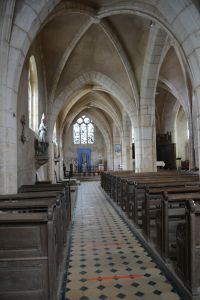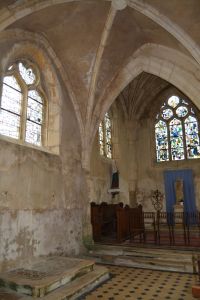Church | XV | Gothic | Catholic Church


Map
Opening hours
01 January - 31 December
Mon 9.00 - 19.00
Tue 9.00 - 19.00
Wed 9.00 - 19.00
Thu 9.00 - 19.00
Fri 9.00 - 19.00
Sat 9.00 - 19.00
Sun 9.00 - 19.00
Religious offices
Description
The special feature of this village is the extraordinary view over the surrounding area, more than ten kilometres away. From the top of this ancient feudal mound, Amance witnessed the construction of the city of Nancy around the middle of the 11th century.
From all the history that Amance has known, it retains the cachet of an old French village, in the architecture of its buildings and the layout of its streets, with the church at its centre. Take a stroll through Amance and stop for a moment at the foot of the church, under the Cedar of Lebanon, and take a break!
Then enter the church... It retains some traces of the Romanesque period, notably the base of the bell tower. The dominant style remains 15th-century Gothic, which combines large interior spaces with the beginnings of large glass openings. The bombings of 1914 mainly damaged the choir, the stained glass windows and the vaults of the nave. War damage and classification as a Historic Monument in 1919 enabled the building to be quickly and completely rebuilt.
An association (Brise dans le clocher) was set up to support the commune in its restoration projects and to keep the building open for worship and other cultural events, while respecting the site.
Translated with DeepL.com (free version)
Photos
Remarkable elements
The stained glass windows
The original stained glass windows were shattered by the bombardments of September 1914. They were replaced in the mid-20th century by more contemporary stained glass windows depicting episodes from the lives of Christ and Saint John the Baptist.
Translated with www.DeepL.com/Translator (free version)
Keystones
The nave bays and side aisles are decorated with ribbed or tierceron vaults, typical of Gothic architecture. Each crossing is carved with a motif linked to a local family, place or animal: these are the keystones. The keystones in the church in Amance include carved shields (rose, cross of Lorraine, volatile), a wheel, roses, a laurel wreath, etc. and sometimes a few traces of polychromy.
Translated with www.DeepL.com/Translator (free version)
The enfeu
This word refers to a funerary niche. The braced decoration sculpted by three-lobed arches is typical of the Gothic period. The niche houses a polychrome pietà (representation of the Virgin of Sorrows) probably dating from the 17th century.
Translated with www.DeepL.com/Translator (free version)
Wood panelling in the chancel
Wood panelling has covered the chancel wall since the 18th century. On each side and on the upper level, additional decoration was added later. It is carved with roses and includes 4 escutcheons representing the first letter of the Evangelists.
Translated with www.DeepL.com/Translator (free version)





